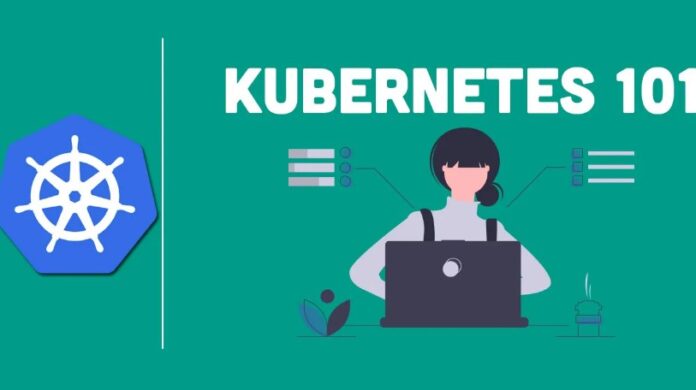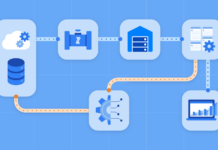It is a big name in cloud computing because of its containerization capabilities and processing power. IT specialists and DevOps rave about the Google-engineer-developed platform and the speed and flexibility that Kubernetes offers. Here’s your 101 crash course into the world of Kubernetes.
What is it?
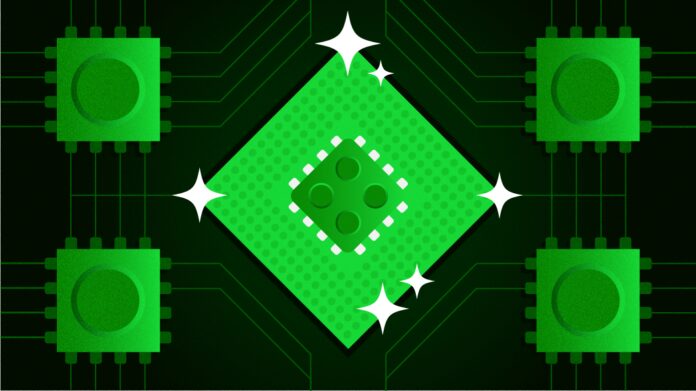
It is a robust open-source orchestration instrument that automates container processes. It is the brainchild of engineers and facilitates deploying, managing, and scaling for containerized applications. It is a portable platform that can host public, private, and hybrid clouds, such as AWS, Apache Mesos, and OpenStack.
Basically, it is a go-to platform for working with containers.
It has a steep learning curve
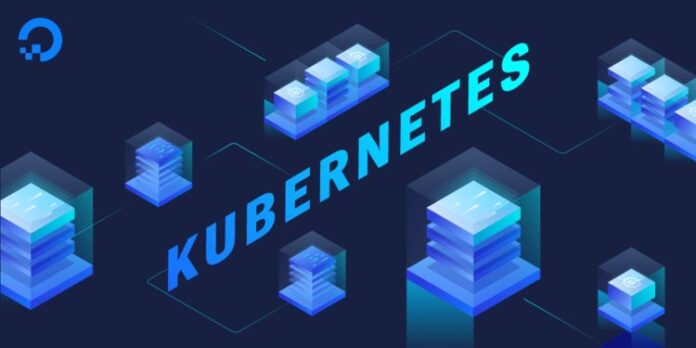
It can be challenging to learn, and the difficulty in Kubernetes is partially due to the complex language it entails. As previously mentioned, it is the synthesis of engineer efforts and is utilizable by developers.
Admin finds Kubernetes to be more challenging than developers as professionals who typically lack the niche technical knowledge to make Kubernetes easier to implement and use.
Once language familiarity occurs, it becomes slightly more workable. But it is constantly evolving, and its ever-changing nature adds to the challenging aspects of the platform. For example, your IT team can implement additional tools like these to help manage and simplify the Kubernetes environment, expanding the world of containerization software.
All challenges aside, foundational knowledge of the Kubernetes lingo is invaluable.
Kubernetes hardware components
Although Kubernetes is mainly software, there are a few hardware components.
A node is a worker machine that is either physical or virtual. An example of a physical device is a data center, and a virtual machine (VM) is a cloud provider. Control planes manage each node, and the nodes host pods. The primary Kubernetes nodes are Kubelet and container runtime.
Kubelet communicates with the API server and commands containers to stop and start. Kubelet is the central node that manages the containers in a pod. Kubelet needs strong authentication measures because of the possibility of vulnerabilities. As a result of Kurnete’s capability, vulnerability patches can occur with no downtime. The lack of downtime is a DevOps dream come true.
Container runtime is in charge of running containers on the node. It has numerous REST APIs that allow clusters to operate efficiently. Pods run inside of nodes, thanks to container runtime. The user must install container runtime to facilitate container movement. Container runtimes you can use include the well-known industry-standard Docker, CRI-O, and containerd.
Kubernetes clusters
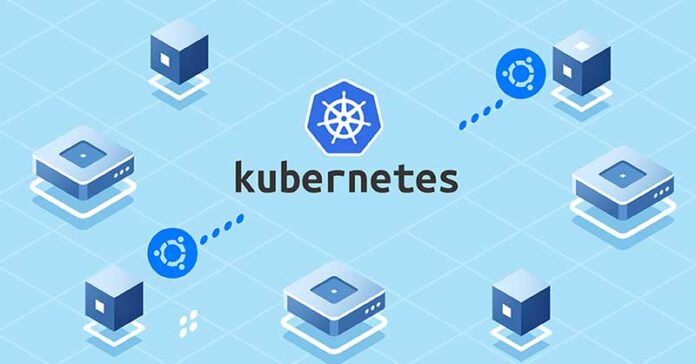
It consists of a master node, worker nodes, and the control plane. When Kubernetes adds or removes individual nodes, the cluster automatically shifts to accommodate change.
The control plane is a component of the Kubernetes cluster. The control plane maintains the state and holds configuration and state data.
Programs run dynamically on the cluster and receive power from nodes. A benefit of Kubernetes is that it does not overwhelm RAM and CPU with scripts and storage.
So, where does storage occur?
The persistent volumes store data permanently. The persistent volumes are a storage system that can be attached to the cluster.
Pods vs. containers
Programs run on Kubernetes in the form of Linux containers. Containers deploy inside of pods, which are inside of nodes. It is best to have many small containers rather than one large container.
Instead of running a container, Kubernetes runs tightly-wrapped containers in a pod. A pod is a unit of replication and the primary unity of computation. Pods can contain one or more tightly wrapped containers. Pods may have multiple containers, but they always run on a single worker node. Regardless of the number of containers in a pod, it scales up and down together.
Deployment
The purpose of deployment is to monitor the number of pods running and scale appropriately. Through deployment, replicas scale up or scale down. The deployment process also permits the killing and recreation of replicas. It automatically manages pods, and you simply declare the system’s state.
Kubectl is the command-line interface that works with the Kubernetes API to allow deployment. You can scale and update your deployments as well.
Kubernetes vs. Docker
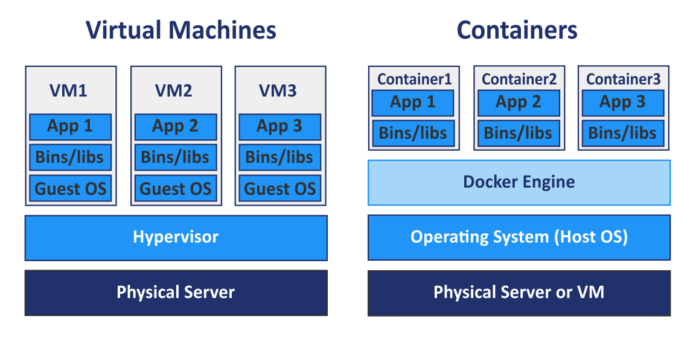
Some consider Docker, the industry standard, a lightweight version of Kubernetes. The consensus is that tasks in Kubernetes take exponentially more time than in Docker. Proponents of Kubernetes enjoy the capability of the platform’s use with or without Docker.
The main difference between Docker and Kubernetes is that the former packages and distributes applications in containers. Kubernetes is known as an orchestrator, and it works at a massive level to deploy, manage, and scale containerized applications. The automatic scaling is a bonus.
Why is it so popular?
This system is the conception of Google engineers, with software at its heart, and it is popular because of the possibilities it provides. Rather than relying on limited CPU and RAM, containerization facilitates self-healing, load balancing, service discovery, and deployment.
Programs can do more than ever before, and they do it seamlessly. Updates occur without a hitch, and there is no need for downtime. It is no surprise that Kubernetes enjoys burgeoning success.
The Cloud Native Computing Foundation (CNCF) is a vendor-neutral home of open-source programs that champions Kubernetes. The CNCF partners with Kubernetes to create a certificate for eager learners.
What can it do for you?
It is only a few years old, but fans of the revolutionary technology continue to grow. Kubecon flagship conference gathers adopters and technologists to unite, share innovation, and celebrate Kubernetes.
This software is invaluable in a world that demands 24/7 access to applications. Thanks to containerization, programs can run, refresh, and update—all without downtime. A bonus of container orchestration is that programs can run virtually anywhere.
There is potential for infinite growth because it does not use all available CPU and RAM. The power and freedom that it allows is super-strength.
Wrap up
Learning it seems like a daunting task, and it is. But knowledge of it is invaluable, marketable, and practical. Those who know the inner workings of Kubernetes have unique abilities applicable to various technological domains.
With a glossary of Kubernetes-related words under your belt, you are well on your way to understanding the fastest-growing orchestration tool in existence.
